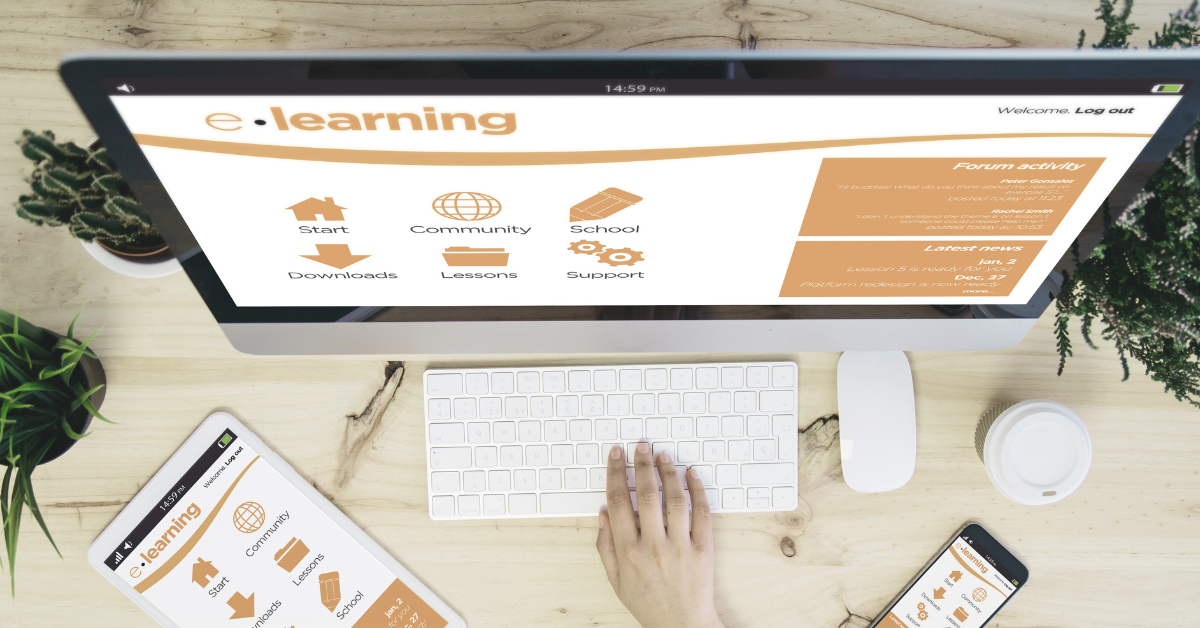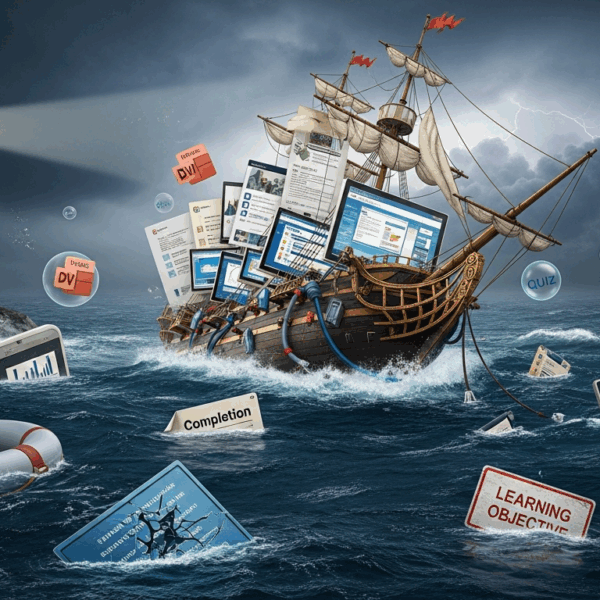In a rapidly changing work environment, professional training has never been more critical. But given the diversity of profiles, skill levels, and needs, one question arises: can we still offer the same training to everyone? Increasingly, digital learning stakeholders are realizing one essential fact: e-learning must adapt to the learner, not the other way around.
The Limit of Standardized E-Learning Pathways
For a long time, digital training modules were designed as uniform resources: linear progressions, fixed content, and standardized assessments. A logic of mass distribution—but one that lacked differentiation. Yet learners don’t all start from the same place, nor do they share the same operational goals or engagement triggers.
The result: frustration for some, boredom for others, and often limited return on investment. The promise of e-learning—to train at scale effectively—then starts to falter.
Adaptability: a paradigm shift
Adapting training paths isn’t just about adding a menu or letting users skip chapters. It means rethinking the pedagogical structure so that the module becomes a personalized experience. This involves several key levers:
- Adapting to skill level: through placement tests or conditional pathways, learners review only what’s truly relevant to them.
- Adapting to business goals: for example, a salesperson and an HR manager won’t expect the same things from a time management module.
- Adapting to learning pace: each person progresses at their own speed, with the ability to revisit, deepen, or fast-track content.
This approach puts the learner at the center, considering their prior knowledge, preferences, and operational needs.
Technology driving personalization
This shift towards “smart” learning paths is now possible thanks to several technological advances:
- Adaptive scenario engines, allowing for branching based on choices, errors, or learner profiles.
- Artificial intelligence, which can recommend personalized content or adapt feedback.
- Next-gen authoring tools, like VTS Editor, which offer great flexibility to design modular, interactive journeys—without technical complexity.
These tools make it easier to implement adaptive logic while giving learning designers full control over the learner experience.
A more engaging learning experience
Offering a personalized journey isn’t just about efficiency. It’s also a powerful engagement driver. Learners feel acknowledged in their uniqueness and no longer feel like they’re “enduring” a generic course.
Through contextualized scenarios, interactive dialogues, or personalized feedback, one can create an immersive experience that fosters attention, retention, and the desire to complete the training. This is a core principle behind immersive, scenario-based learning, promoted by Serious Factory.
Personalization… but with limits
Of course, we shouldn’t fall into the trap of pursuing total customization. Adaptivity has a cost (in terms of design time, tracking, and updates) and must align with broader learning objectives. The goal isn’t to create 100 different modules for 100 learners, but to intelligently design flexible learning paths, with well-placed points of personalization.
Digital learning, with a human touch
By making learning journeys more adaptive, digital learning is, paradoxically, becoming more human: acknowledging individuals, their needs, and their preferences. It’s a way to combine the benefits of scale with the impact of personalization.
At Serious Factory, we support training organizations and companies who want to take this step—thanks to tools like VTS Editor and our recognized expertise in learning design.
Looking to create e-learning journeys that truly adapt to your learners?
Schedule a meeting with one of our digital learning specialists today. Together, we’ll explore how to design more engaging, more effective—and truly personalized—training experiences.
👉 Book a meeting with a Serious Factory expert










